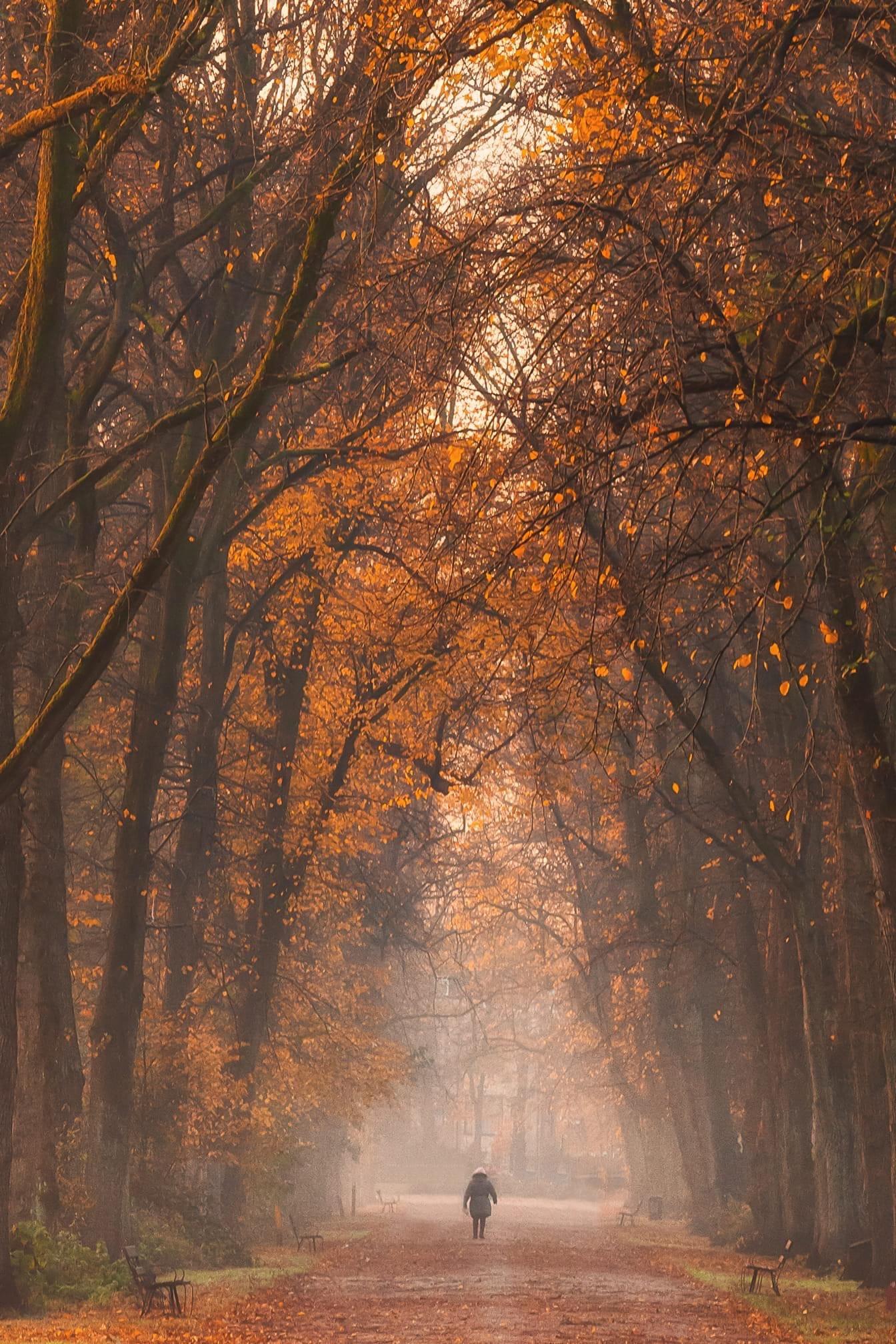
We photograph the autumn fog
It is worth getting up early to capture the unique atmosphere of the autumn morning in the photo.
Autumn is the best time to photograph foggy landscapes. As David Clapp says, “It takes a warm day and a cold, cloudless night to form a low, mysterious fog—an aura that is typical of this time of year.” When it gets dark, the warm moist air cools down and settles low to the ground, thickens and forms fog.
When there is no wind, the fog stays until sunrise, when the sun's rays warm the air. “At this time of the year, I check the weather forecast on the Internet every day like never before,” Clapp says. "I'm also constantly looking for places where I can take interesting photos, usually I'm looking for hilly terrain, preferably from a place where I have a 360-degree view."
“I took this shot over Somerset Levels using a 600mm lens. I was fascinated by the lines of the hills that overlap and give the impression of carving. Placed on top of each other, they are more like layers, creating an aerial perspective, beautifully complemented by a tower visible on the horizon.
Start today...
- Experiment with different focal lengths - although the effects will be completely different, a 17mm focal length can be just as effective as a 600mm wide-angle lens.
- Foggy landscapes contain the most mids and highlights, so make sure the histogram is shifted to the right, but not to the edge (this will indicate overexposure).
- Resist the temptation to use curves to lighten the dark parts of an image - it's easy to create shadows where there aren't and shouldn't be.
- When placing an object in the frame, such as a castle, determine the point on which the viewer will focus, but also don't be afraid of more abstract shots where the fog itself is in focus.

